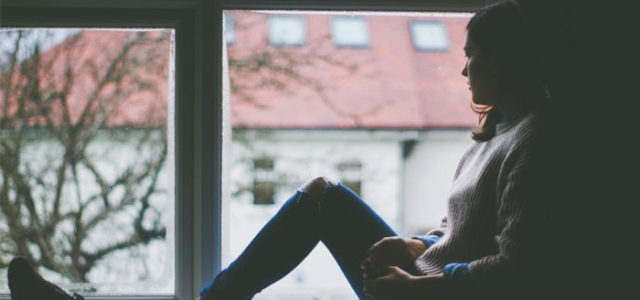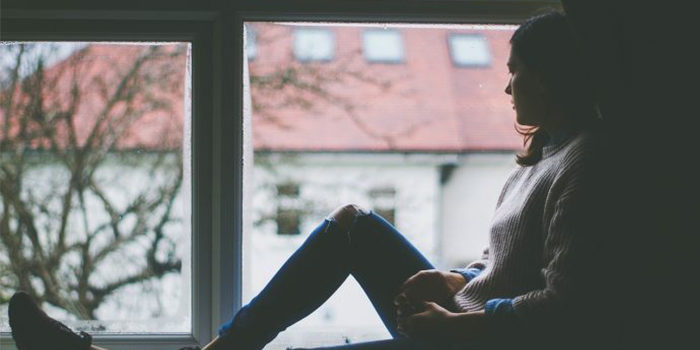

Try This Surprising Cure to Help Alleviate Seasonal Depression
ElectronicsHow ToLifestyle October 23, 2019 Christian Davis

Winter months can be difficult for many people. Those who suffer from seasonal affective disorder experience symptoms of depression that typically occur during fall and winter. However, there are ways you can help ease these symptoms.
What’s a LightBox
One helpful tool for alleviating symptoms of SAD are lightboxes. It’s important to talk to a medical professional to determine if using a lightbox would be helpful in eliminating your symptoms. Often times they’ll recommend combining a lightbox with other modalities of therapy.
SAD is reported most frequently by people living far north or south of the equator. Researchers believe the change in total daylight effects causes a change in brain chemistry to spark the depression. Lightboxes help by mimicking the effects of outdoor light.
In order for the light to be effective it must meet some basic requirements. It must be of at least 10,000 lux. Any light that doesn’t meet that minimum standard hasn’t been proven to be medically effective. It must also only emit a small amount of UV light. Lights emitting large amounts of UV light could be more dangerous for the long term health of your eyes than the symptoms that they are trying to remedy.
Get The Right Lightbox
· Use within the first hour of waking up in the morning
· For about 20 to 30 minutes
· At a distance of about 16 to 24 inches (41 to 61 centimeters) from the face
· With eyes open, but not looking directly at the light
What to consider
Make sure that the light is specifically for SAD. Some lightboxes are designed for skin disorders. Lightboxes used for skin disorders primarily emit ultraviolet (UV) light and could damage your eyes.
Like many things in life, the dose does matter. The brighter the lightbox, the less time you’ll need to achieve the minimum effective dose. The minimum effective dose for a SAD lightbox is 10,000 lux.
Is it the style you want? SAD lights have evolved since they first came on the market. In addition to providing relief, they can also now double as an alarm clock. They can be programmed to slowly get brighter and mimic the rising of the sun. This has been shown to ease getting up in the morning in addition to providing you with your daily dose of light.
Make sure that your lightbox won’t cause eye damage. While most lightboxes provide a diffuse light that is harmless to the eyes, people with eye problems such as glaucoma, cataracts or other eye damage should further consult an optometrist.
Lightboxes are considered a form of durable medical equipment by the government. That means they’re covered under Medicare part B.
Where Does it Come From?
People with SAD may overproduce the hormone melatonin. Melatonin is normally a helpful neurochemical that regulates our natural sleep cycle. When winter days become shorter it increases the amount of melatonin the body produces- this leaves people feeling sleepier and more lethargic.
People suffering from SAD may also produce less vitamin D. Vitamin D has been shown to play a significant role in serotonin activity. Because of this, having a vitamin D deficiency has been linked to an increased chance of depression symptoms.










